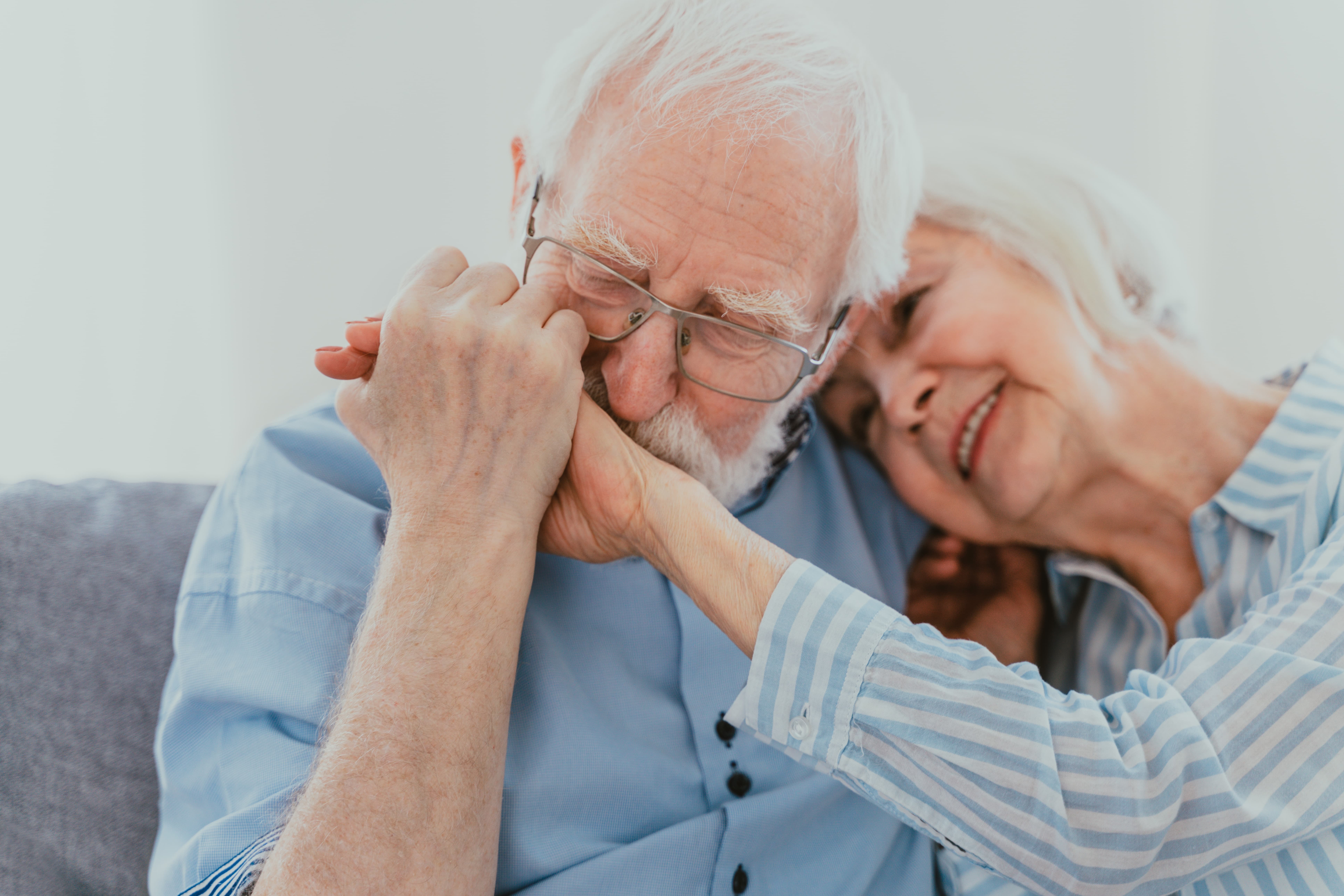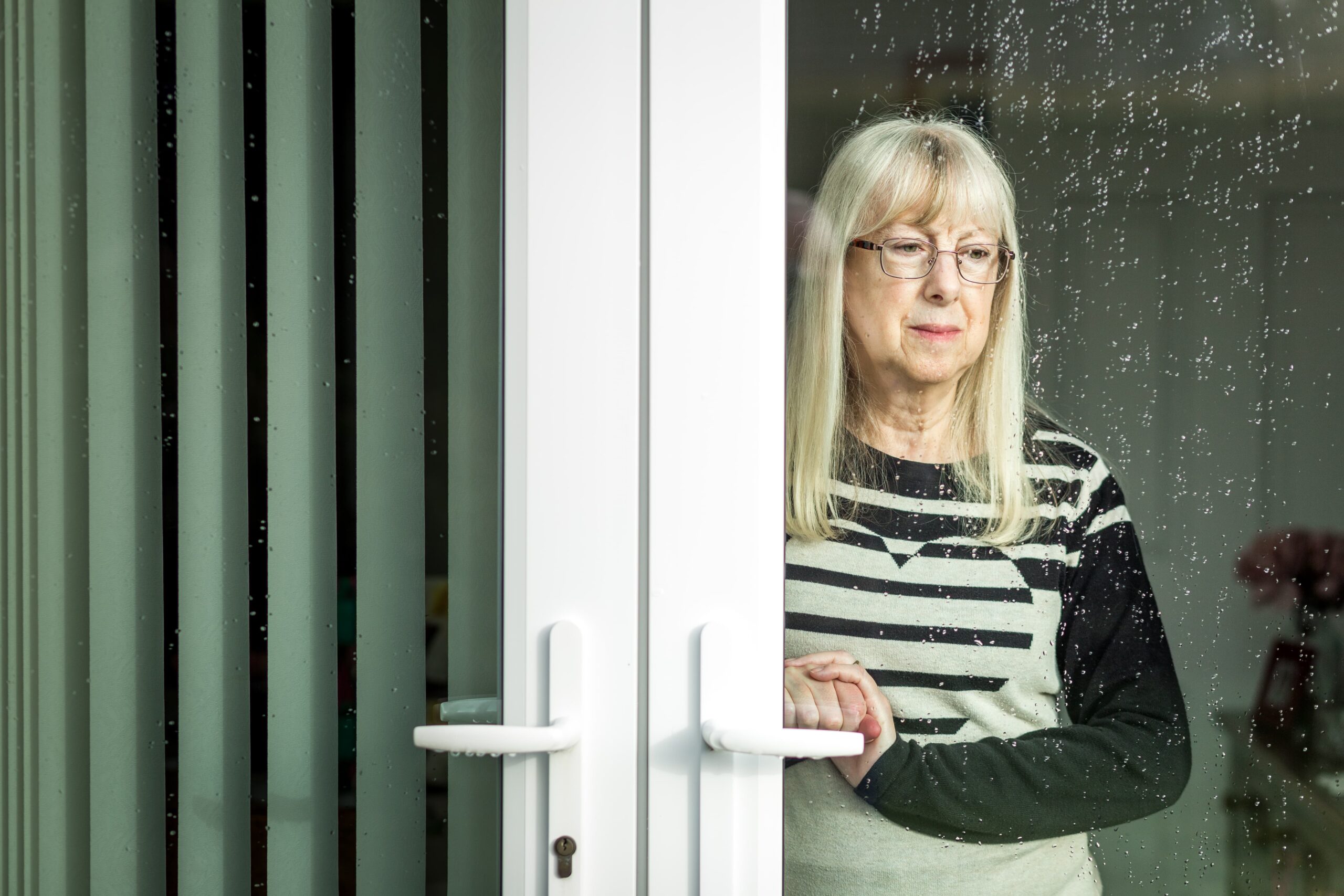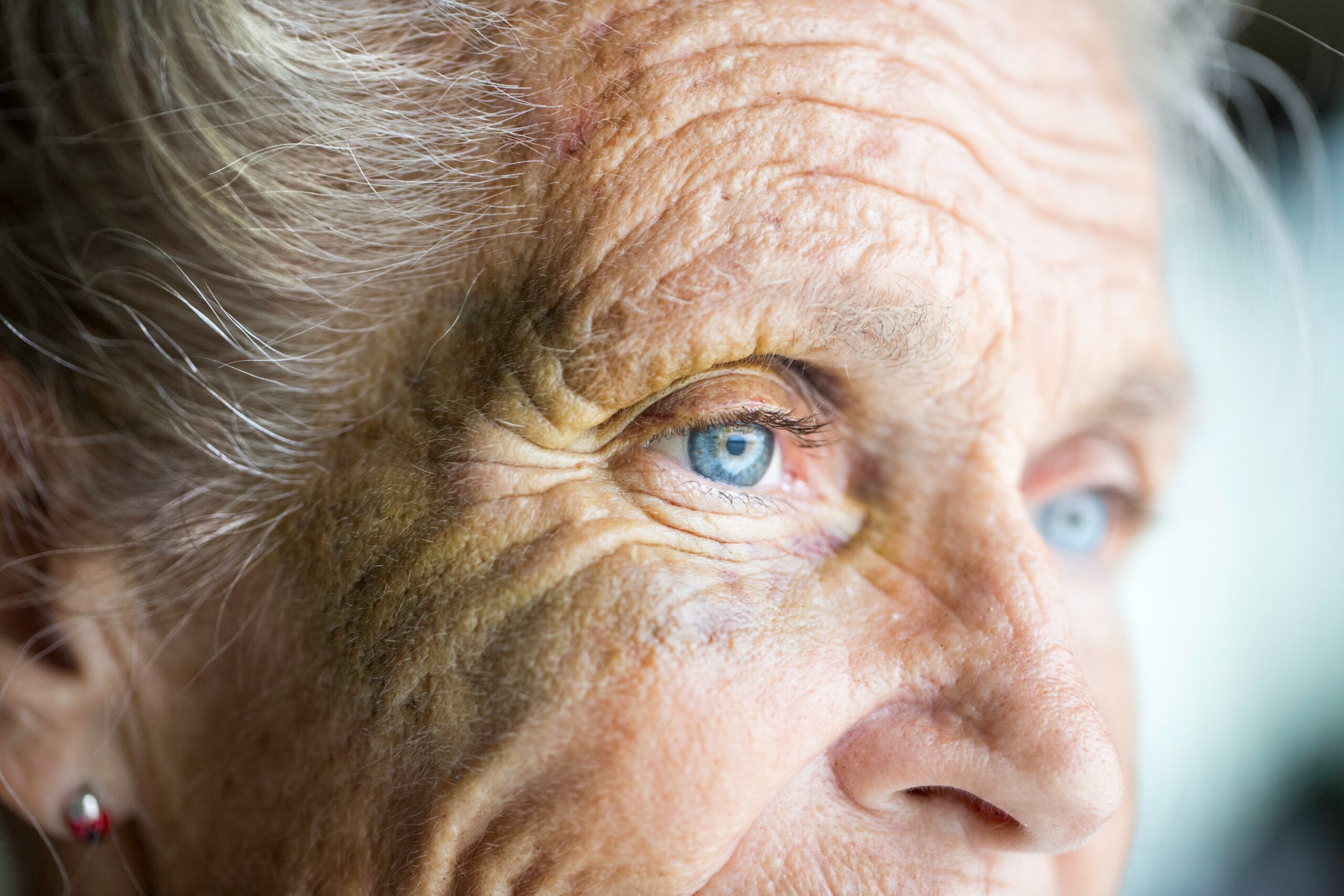How to prevent serious nursing home injuries by taking precautions
According to the Colorado Department of Public Health & Environment, nearly 600,000 Coloradans are now 65+ years old – that’s an increase of almost 47 percent from 2003. That’s the third highest rate of growth in the nation, and by 2030 the number is projected to increase by nearly 77 percent. While Colorado has a lower number of elderly residents in nursing homes than other states, at roughly 16,000 people, this number has grown by nearly 10 percent in the past decade and incidents of elder abuse are a growing concern within the state. In fact, one national study conducted by the National Center on Elder Abuse interviewing 2,000 nursing home residents reported that 44 percent said they had been abused and 95 percent said they had been neglected or seen another resident neglected.
One of the most common injuries suffered by nursing home residents is from falls. The U.S. Centers for Disease Control and Prevention (CDC) reports that about 1,800 older adults living in nursing homes die each year from fall-related injuries and those who survive frequently sustain injuries that result in permanent disability and reduced quality of life. Falls occur more frequently in nursing homes than for elderly Americans who live at home. In fact, between one-half and three-quarters of nursing home residents fall each year. This higher fall rate may be partially because nursing home patients typically have extenuating medical conditions, which forced them to move into the nursing facility prior to the fall, or that nursing home residents may be older or less mobile than elderly persons living in the community. Residents of nursing homes may also experience severe problems with cognitive ability, chronic diseases, and an inability to perform daily tasks. However, this higher number of falls – almost four times the rate of non-nursing home residents – may also be the result of negligent care by nursing home staff.
While muscle weakness and walking problems are the most common causes of falls among nursing home residents, these problems only account for about 24 percent of the falls in nursing homes. Environmental hazards, such as wet floors, poor lighting, incorrect bed height and improperly fitted or maintained wheelchairs account for upwards of 27 percent of falls, and many of these causes are foreseeable and preventable. Other foreseeable causes of falls include difficulty in moving from one place to another (for example, from the bed to a chair), poor foot care, poorly fitting shoes, and improper or incorrect use of walking aids. According to the CDC, by addressing fall prevention measures at the nursing home staff and patient level, many factors that cause falls can be controlled. Making changes in the nursing home environment to make it easier for residents to move around safely, such as installing grab bars, adding raised toilet seats, lowering bed heights, and installing handrails in facility hallways have all been successful in lowering the number of fall incidents.
If you suspect that you or someone you love is the victim of elder abuse or neglect, immediately contact an experienced Colorado elder abuse lawyer to discuss your situation and help you get the justice you deserve.






